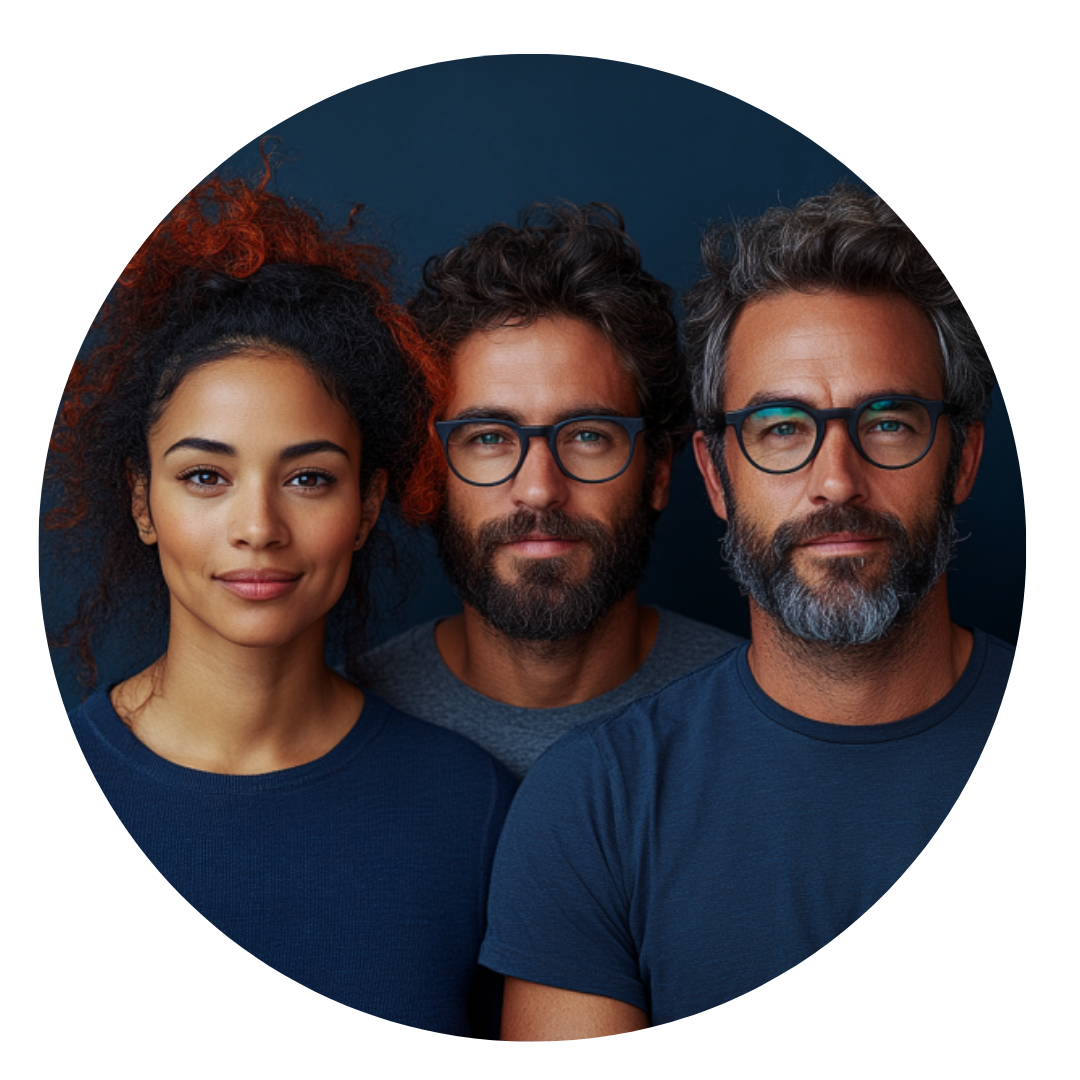TCS's 12,000 Layoffs & Tech Job Security
The death knell for tech job security just rang, and it came from an unexpected source. TCS—Tata Consultancy Services—has announced the elimination...
4 min read
 Writing Team
:
May 27, 2025 3:22:56 PM
Writing Team
:
May 27, 2025 3:22:56 PM

While most companies are still figuring out whether their chatbot counts as "AI-powered," Estée Lauder is quietly demonstrating what happens when you apply artificial intelligence to solve actual business problems instead of just marketing ones. The beauty giant's partnership with Microsoft isn't just another corporate AI announcement—it's a masterclass in leveraging decades of consumer data to move faster than TikTok trends.
And in an industry where McKinsey estimates generative AI could generate $9 billion to $10 billion globally, Estée Lauder is positioning itself to capture a disproportionate share of that value by doing something most companies struggle with: making their data work harder than their marketing department.
Here's the reality of modern beauty marketing: trends move at digital speed, but legacy brands move at corporate speed. A moisturizer that's viral among Gen Z one month is forgotten the next, and companies with 80 years of market knowledge often find themselves watching nimble startups capitalize on the latest TikTok trend while they're still scheduling focus groups.
McKinsey's research shows generative AI could add $9 billion to $10 billion to the global economy based on its impact on the beauty industry alone, with much of that value coming from improved marketing effectiveness and faster product development cycles. But capturing that value requires more than just implementing AI tools—it requires fundamentally reimagining how consumer insights drive decision-making.
Estée Lauder's approach centers on two AI-powered systems: ConsumerIQ and Trend Studio, built using Microsoft's Copilot Studio, Azure OpenAI Service, and Azure AI Search. These aren't theoretical implementations or pilot programs—they're operational systems designed to solve the specific friction points that slow down beauty marketing.
The core problem Estée Lauder faced is familiar to any large organization: valuable consumer data scattered across nearly 25 brands and roughly 150 countries, buried in surveys, clinical trials, promotions, and usage data that takes days to locate and synthesize. Marketing directors were either wasting time searching for existing research or, worse, recreating reports that already existed.
ConsumerIQ transforms this data archaeology into conversational intelligence. Instead of spending hours digging through 300 documents to understand moisturizing routines in the Pacific Northwest, a marketing lead can now ask: "What are popular moisturizing routines among customers in Washington state, Oregon and Idaho?" and get an answer in seconds.
"I don't have to read through 300 documents anymore," says Shilpa Niranjan, a global IT business partner at Estée Lauder. "I just ask the question and it goes in precisely and runs through the entire data set and then gives me the answer."
This isn't just about efficiency—it's about competitive advantage. As Kalindi Mehta, global vice president for consumer foresight, strategy and predictive analytics, points out: "Beauty startups may be able to leap on the latest TikTok trend, but they don't have 80 years of market knowledge like Estée does. And now Estée has the technology to harness it."
The second component, Trend Studio, addresses the gap between identifying consumer insights and acting on them. The system is designed to detect market trends, recommend products based on those trends, generate marketing copy with AI that's tailored to recommended products and even offer Virtual Try-On Technology to show how a product will look.
This creates a complete feedback loop from trend detection to market response. When an influencer starts raving about organic lip gloss on TikTok, Estée Lauder's marketing team can instantly tap into decades of data about how customers use lip gloss globally, then either market an existing product like their Blooming Shine Nourishing Lip Glaze or develop a new one—all while the trend is still building momentum.
The speed advantage is crucial in an industry where timing determines success. By the time traditional market research processes identify and validate a trend, the moment has often passed. AI-powered trend analysis allows Estée Lauder to move from trend detection to market response in hours instead of weeks.
Most corporate AI initiatives fail because they try to solve technology problems instead of business problems. Estée Lauder's approach succeeds because it focuses on specific operational pain points that directly impact revenue and market share.
It Leverages Existing Assets: Rather than trying to create new data streams, ConsumerIQ maximizes the value of information Estée Lauder has been collecting for decades. The AI doesn't replace human judgment—it makes human expertise more accessible and actionable.
It Addresses Real Friction: The three-day delay between asking a research question and getting an answer isn't a minor inconvenience—it's a competitive disadvantage in fast-moving markets. By eliminating this friction, the system enables faster decision-making where speed actually matters.
It Scales Human Capability: The technology frees marketing teams from time-consuming research tasks so they can focus on higher-value strategic work like developing campaign concepts and building brand connections.
It Creates Network Effects: As more teams use the system, the underlying data becomes more valuable to everyone. Each query improves the system's understanding of what information is most relevant for different types of decisions.
Estée Lauder's success demonstrates what becomes possible when companies stop thinking about AI as a separate initiative and start integrating it into core business processes. The key insights for other marketers are surprisingly practical:
Start with Your Data Advantage: Every established brand has consumer data that startups lack. The question is whether you can access and analyze that data faster than competitors can gather new information.
Focus on Speed-to-Insight: In markets where trends change rapidly, the ability to quickly validate ideas with existing data becomes more valuable than exhaustive new research.
Build Feedback Loops: The most successful AI implementations create systems where insights immediately inform action, which generates new data to improve future insights.
The beauty industry's transformation illustrates a larger shift in how successful companies will compete in AI-enhanced markets. It's not about having the most sophisticated technology—it's about applying AI to create sustainable competitive advantages using assets you already possess.
As Jennifer Lee, director of strategic initiatives and predictive analytics at Estée Lauder, puts it: "It's really increasing our speed to be able to compete in the marketplace." In an industry worth billions and moving at digital speed, that acceleration might be the difference between leading trends and chasing them.
Ready to transform your consumer data into competitive advantage? Contact Winsome Marketing's growth experts to discover how AI can accelerate your insights-to-action process and help you move at the speed of your market.

The death knell for tech job security just rang, and it came from an unexpected source. TCS—Tata Consultancy Services—has announced the elimination...
-4.png)
Microsoft's critical "zero-click" AI vulnerability reveals how artificial intelligence systems are systematically cannibalizing user autonomy—turning...
-3.png)
The workplace productivity revolution just got a massive upgrade. Microsoft's latest Copilot Vision enhancement doesn't just represent incremental...